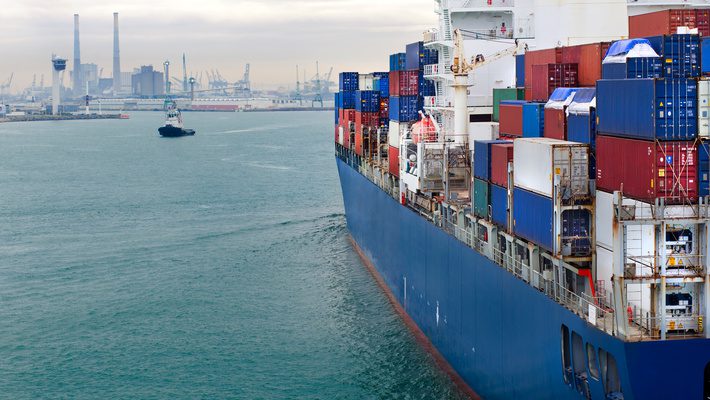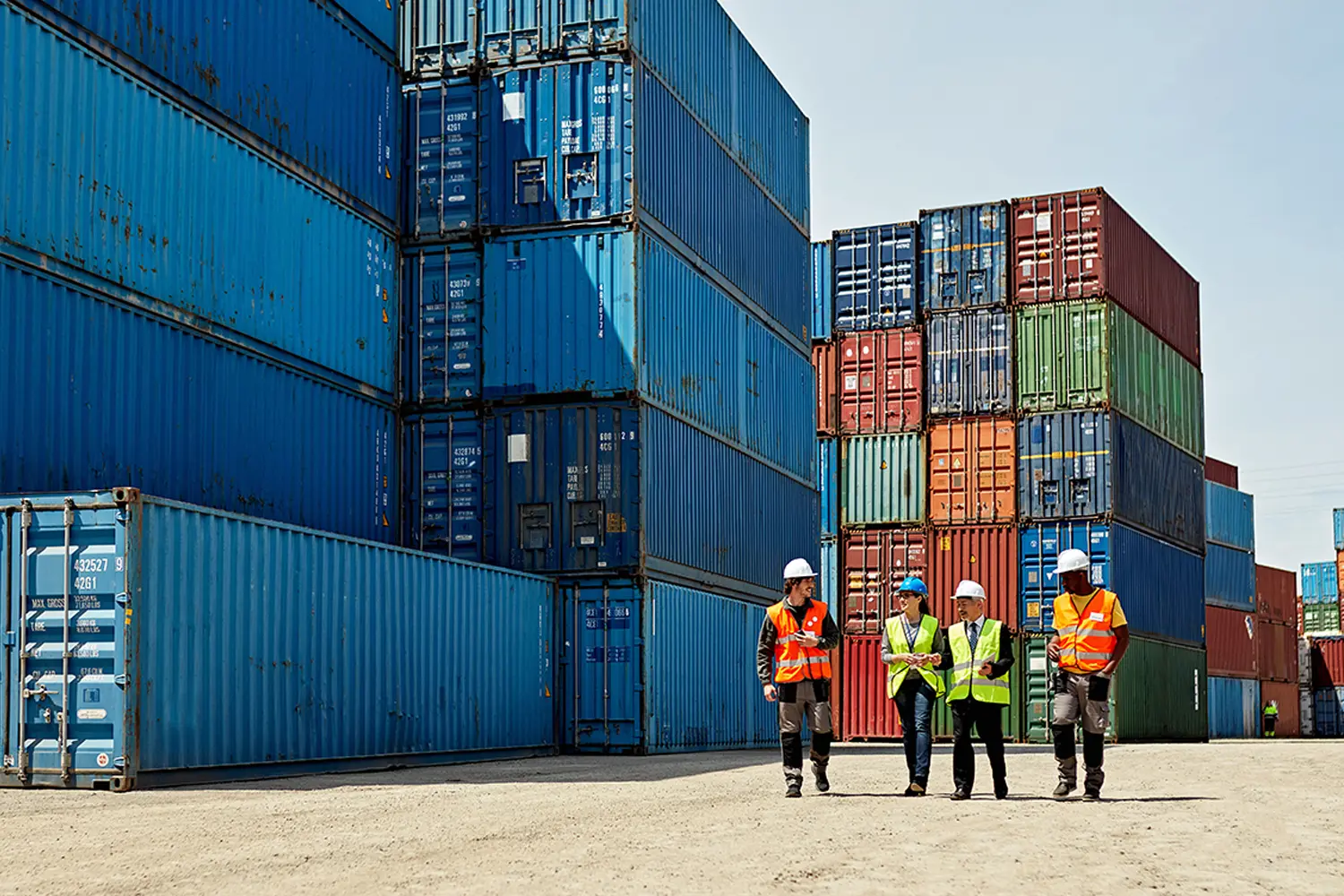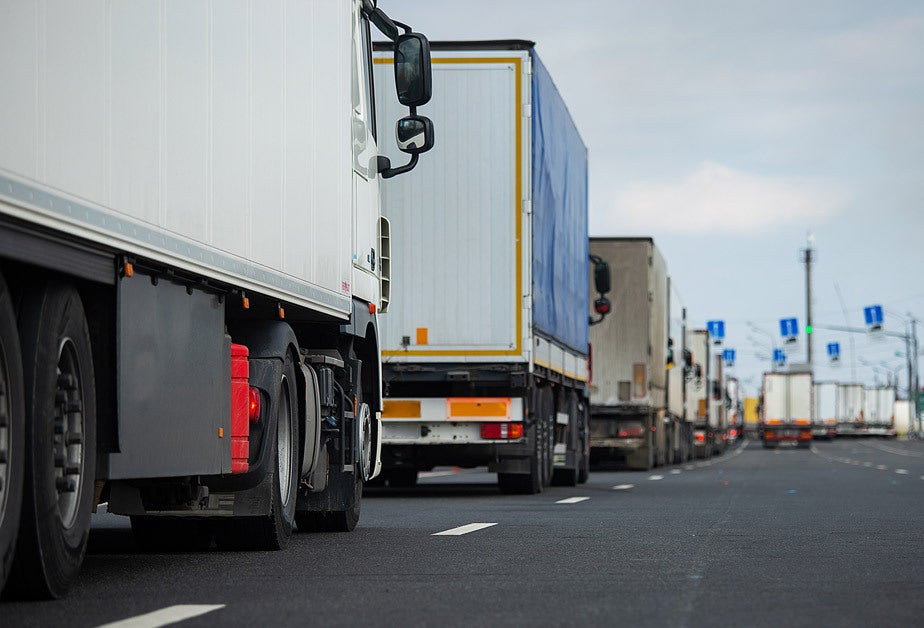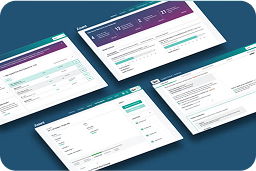Manufacturers are facing numerous trade risks around the globe in 2025 — like wars, forced labor concerns, tariffs, trade restrictions, and sanctions — which has made it tricky to get goods across borders. Because of this, it’s more important than ever for global manufacturers to collect and report accurate product data.
Generally, a lot of details are needed to clear goods through customs. These are the key data requirements for a customs clearance packet:
| Importer Data | Supplier Data |
|
|
For the purposes of this blog, we’re going to focus on just one data point: Country of origin (COO).
What Is Country of Origin & Why Is It So Important?
COO indicates where a good was produced or manufactured. All imports require clear marking of COO, ensuring transparency and accountability for goods crossing borders. It’s the basis for everything from standard customs clearance packets to tariff analysis to compliance with regulations such as the Uyghur Forced Labor Prevention Act (UFLPA). On top of that, a part’s COO determines whether it is eligible for preferential treatment under certain trade agreements.
Assent works with over 800 manufacturers and their suppliers from around the globe, in verticals from industrial equipment to electronics. And every day, we hear, “How can I get accurate country of origin data?”
The uses for this data range from “I just need it for standard customs clearance information” to “I’m evaluating my tariff exposure risks.” If your customer is asking you for this data, it’s important to understand why.
Here’s a common example: A customer is asking for a Conflict Minerals Reporting Template to establish the country of origin for the imported metals. This may sound like a traditional conflict minerals due diligence request, but the motivation is actually to clear customs and minimize the duty impact. Country of origin data is more than a simple stamp on a carton — it’s the key that unlocks everything from smooth customs clearance to preferential tariffs and market access.
Manufacturers that report on country of origin data will put themselves in a better position to avoid costly delays and fines. Those who don’t are risking shipment holds, higher duties, and lost sales.
Take recent changes to Section 232 of the U.S. Trade Expansion Act, for example. You can’t just declare where the goods were manufactured or even where processing last occurred. You have to go beyond that.
Section 232 requires reporting on the country of smelt/cast for aluminum and country of melt/pour for steel. In the new guidance on aluminum, 200% tariffs come into effect if the origin of the smelt/cast is Russia or unknown. This creates a huge burden for companies that do not yet know the country of smelt/cast for the aluminum products they are importing — and just imagine what a 200% tariff would do to your margins.
Want more information on smelters and if the ones in your supply chain expose you to risk? Download our Smelters of Interest Guide to find out.
Why You Can’t Afford to Ignore Country of Origin in Today’s Compliance Landscape
So, it’s no secret that navigating today’s global compliance ecosystem is uniquely difficult. With trade agreement revisions, ethical sourcing obligations, and digital customs requirements, manufacturers like you must be prepared to deliver supply chain tracking data that is current, complete, and instantly retrievable across complex global supply chains.
Additionally, manufacturers have little room for error when it comes to documentation. Regulators expect accurate:
Harmonized Item Description and Coding System (HS) and Harmonized Tariff Schedule (HTS) classification
- Certificates of Origin (country of origin certificates)
- Proof of substantial transformation
- Correct on-product or packaging marking
All of this needs to be backed by auditable records too. Any missing or incorrect data could trigger shipment holds, higher tariffs, or potential loss of import privileges. But with so much data to manage and global trade rules changing seemingly every day, how can you possibly stay on top of it all? The answer: an automated supply chain sustainability platform.
How Assent Helps
Assent’s trade compliance software ensures your shipments keep moving across borders so you can keep growing your revenue. We do that in several ways:
- With the platform, you can efficiently gather and manage data for each part’s COO and associated HS/HTS codes, so you and your customers avoid surprises at the border and reduce the risk of extra duties or compliance issues
- Suppliers can upload certificates of origin and other necessary proof directly into our platform so you have the right documents on hand when needed
- Assent’s country of origin software updates requirements automatically. That means there’s no lag when tariffs shift or a new trade agreement comes online — you’ll always have the right information at your fingertips
To learn more about how Assent’s supply chain risk management solution and trade compliance software supports your compliance needs — including COO documentation — contact our team today!
Country of Origin FAQ
What does country of origin (COO) mean?
COO indicates where a product was produced or manufactured. All imports require clear marking of COO, ensuring transparency and accountability for goods crossing borders. It’s the basis for everything from standard customs clearance packets to tariff analysis to compliance with regulations such as the Uyghur Forced Labor Prevention Act (UFLPA). On top of that, a part’s COO determines whether the product or part is eligible for preferential treatment under certain trade agreements.
Why is accurate country of origin data important?
Accurate country of origin data helps avoid shipment delays, unexpected tariffs, and fines. For some materials like steel or aluminum, importers must also report the country of smelt, pour, or cast — not just where the product was assembled.
How can manufacturers stay compliant with country of origin rules?
To meet country of origin compliance requirements, manufacturers need traceable, up-to-date part-level data. Using automated trade compliance software helps collect certificates of origin, assign the correct HS/HTS codes, and keep up with changing trade regulations.








